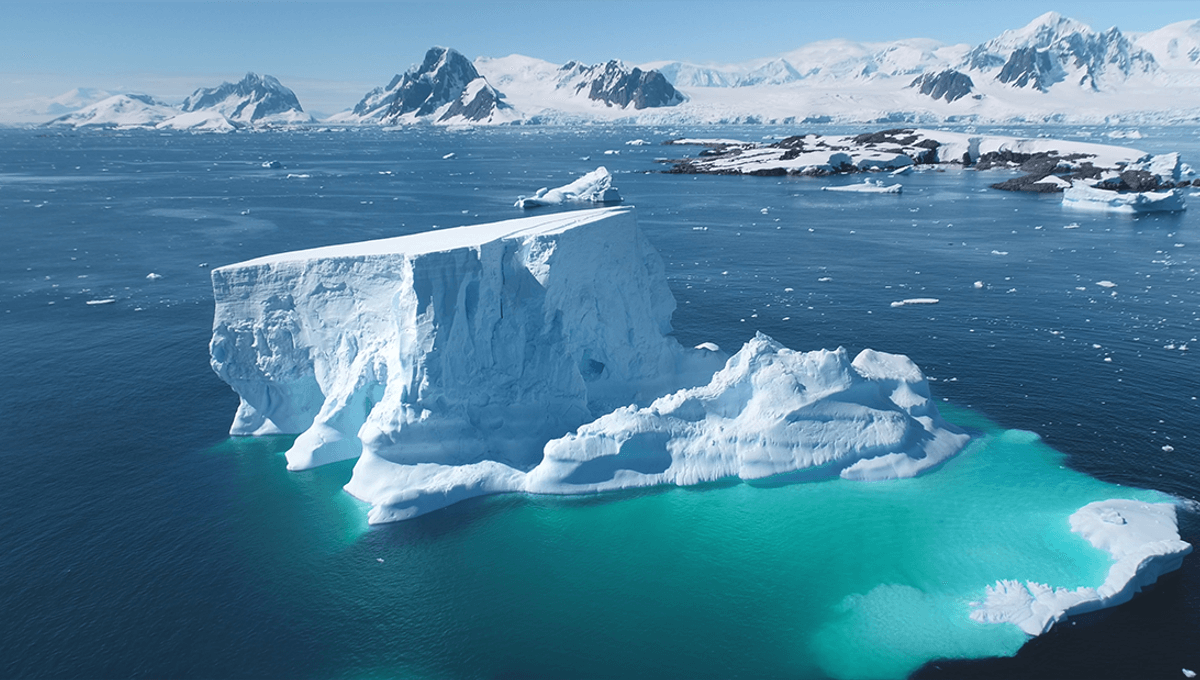
Europeans first discovered Antarctica in the early 19th century. An old Māori legend potentially suggests they were beaten by Polynesian explorers sailing over 1,000 years before them.
Other than at a research station or occasional expedition, humans have never settled in Antarctica. While the evidence suggests the continent was once home to rainforests, swamps, and dinosaurs, by the time ancient humans made their way out of Africa, it was too cold and remote to support human habitation without modern equipment.
In 1773, Captain James Cook became the first recorded European explorer to cross into the Antarctic circle. But the first confirmed sighting of Antarctica didn’t come until 1820, as Russian explorer Thaddeus von Bellingshausen described seeing an “ice shore of extreme height” during an expedition to the Antarctic. In the following decades and century, humans explored the continent further, sometimes at the cost of their lives.
According to research and an old Māori legend, however, Antarctica was discovered at least 1,000 years earlier by Polynesian explorers. In a 2021 study published in the Journal of the Royal Society of New Zealand, scientists led by Priscilla Wehi from Manaaki Whenua Landcare Research looked at old and overlooked legends of Polynesian explorer Hui Te Rangiora (sometimes Ūi-te-Rangiora) on the vessel Te Ivi o Atea. On that ship, Hui Te Rangiora is described voyaging between islands and “traversing the Pacific much as Western explorers might a lake”.
In some narratives, the legendary seafarer traveled much farther south. In those stories, the explorers met a lot of scenery that sounds suspiciously like Antarctica.
“The rocks that grow out of the sea, in the space beyond Rapa; the monstrous seas; the female that dwells in those mountainous waves, whose tresses wave about in the water and on the surface of the sea; and the frozen sea of pia, with the deceitful animal of the sea who dives to great depths – a foggy, misty, and dark place not seen by the sun,” one work describes of the legends. “Other things are like rocks, whose summits pierce the skies, they are completely bare and without vegetation on them.”
According to the team, these descriptions could be of icebergs and marine creatures, while a dark, sunless place could easily refer to Antarctica during the long winter.
“We find Polynesian narratives of voyaging between the islands include voyaging into Antarctic waters by Hui Te Rangiora (also known as Ūi Te Rangiora) and his crew on the vessel Te Ivi o Atea, likely in the early seventh century,” Wehi explained in a statement.
“These navigational accomplishments are widely acknowledged; and Māori navigators are described as traversing the Pacific much as Western explorers might a lake. In some narratives, Hui Te Rangiora and his crew continued south. A long way south. In so doing, they likely set eyes on Antarctic waters and perhaps the continent.”
As well as the references in stories passed through the generations, the name given to the area – Te tai-uka-a-pia – was also thought to be a hint that Hui Te Rangiora found Antarctica back in the seventh century CE.
“The name Te tai-uka-a-pia […] denotes the frozen ocean; a-pia means – a, as, like, after the manner of; pia, the arrowroot, which when scraped looks like snow,” the team explains in their paper.
“As well,” Wehi added, “a ‘pou whakairo’ (translating as carved post), represents Tamarereti as protector of the southern oceans stands on the southernmost tip of the South Island of New Zealand at Bluff. Ngāi Tahu, the largest tribal group in the South Island, and other tribal groups or iwi also cherish other oral repositories of knowledge in relation to these early explorers and voyagers.”
While Māori and other Indigenous narratives have been ignored (much to the detriment of science) and the case is interesting, there is little in the way of further supporting evidence. Others have questioned whether there are too many post-European colonization details in the story.
“If the details of the trips to the south are pre-European, these two voyages were wonderful feats of endurance, considering the scanty clothing of the Polynesians,” New Zealand anthropologist Sir Peter Buck writes in Vikings of the Sunrise.
“However, I believe that no Polynesian voyager would continue south into grey, cold, inhospitable seas. Traditions of several islands mention a dangerous sea to the south, generically termed Tai-koko. Probably the original Rarotongan legend said that ‘Ui-te-rangiora and Te Ara-tanga-nuku voyaged into the Tai-koko, and later historians embellished the tales by adding details learned from European whalers and teachers.”
Source Link: Hui Te Rangiora: Old Māori Legend Suggests They May Have Discovered Antarctica 1,000 Years Before Europeans